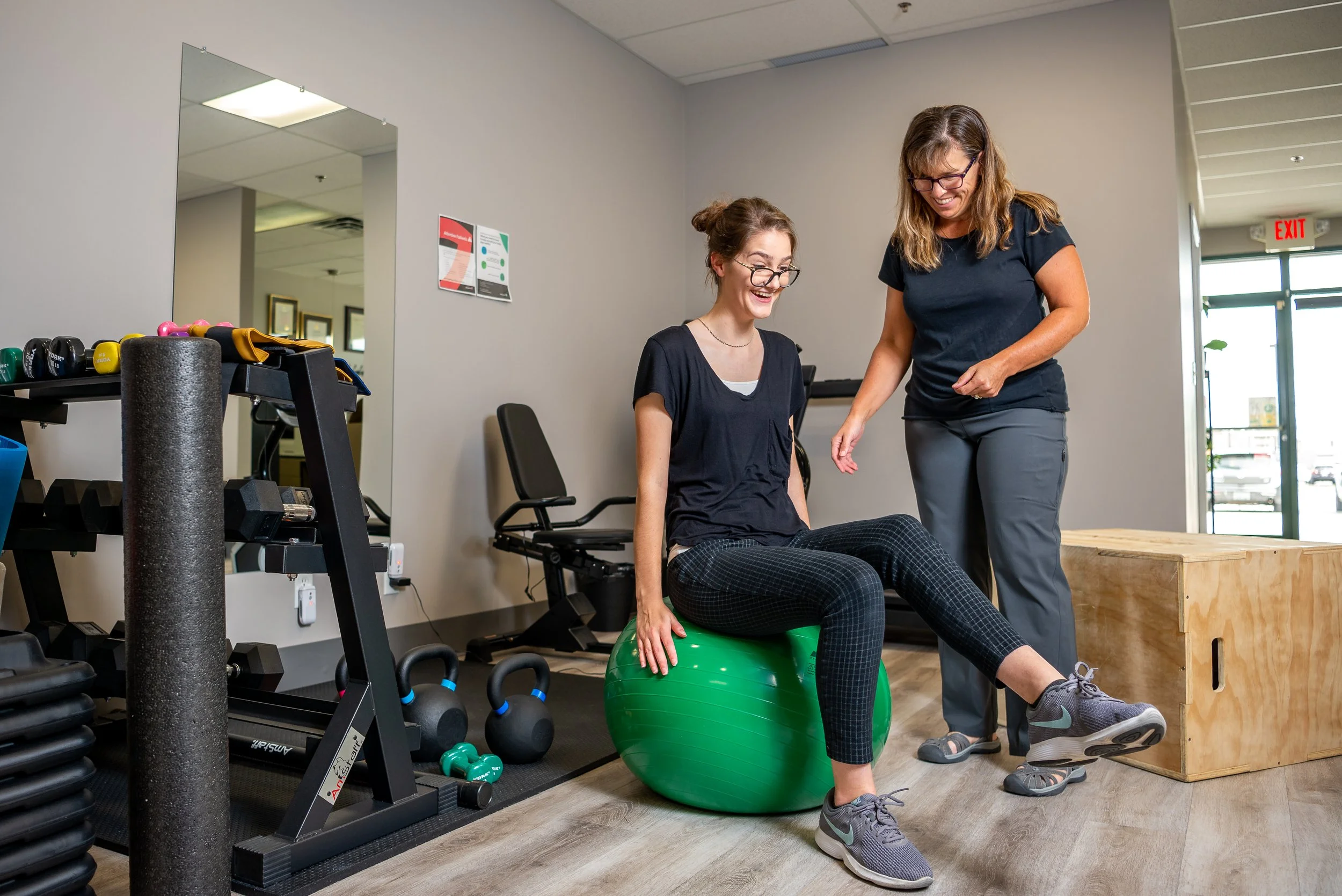What does Recovery from Injury Look Like?
Getting injured is no fun. It has real potential to have a marked impact on your life for a period of time. But, after some quality rehabilitation and hard work, you can get back to doing what you love; or at least get back to feeling confident in your body again.
It’s a journey, not just a destination
Rehabilitation occurs on a continuum, and the end of rehab often does not correlate with simultaneous return to work or sport. In most cases, we want our clients returning to sport or work in some capacity while they are still under our care. This allows us to tweak their programming so that their return is safe, and complete recovery is not delayed.
Injury recovery is not black and white
It is commonplace and entirely understandable that our clients query about when they will be able to return to their activity or be able to resume working. What I find though, is that this question is asked in black and white terms: without necessarily realizing it, these clients are asking when they can return to work or sport at their pre-injury level. But, as a physiotherapist, that question falls in the grey and is more nuanced. I am quite inclined and motivated to first get you back to work and activity in some capacity. I don’t want to wait for you to be at full capacity to resume.
Early return to prevent deconditioning
Let me explain. I advocate for rest and recovery on the regular. And this is particularly important during an injury. However, rest and recovery occur on a sliding scale and what you need at any given time depends on many factors. I know if you are reading this, and you are injured it may sound scary to have to resume something that you don’t feel ready for. But hear this: I only want you to start participating at the level that you can participate. If you are a middle-distance runner, this may mean going for five-kilometer walks or starting to incorporate jogging intervals to your walks. For the laborer, this may mean returning to your workplace for a couple of hours to do some work—but not necessarily physical work. You don’t need to be at your pre-injury level of function to begin on the journey to resume your pre-injury activities. This is an excellent way to progress your rehabilitation. In addition, when you sustain an injury, you not only have to overcome that injury, but you unfortunately also must overcome the deconditioning that occurs from being out of your activity or job. The longer you are out, the harder it is to get back, especially from a conditioning or endurance standpoint. So, the faster we can get you back (in a reasonable manner), we lessen this deconditioning burden. Keep in mind though, just because you start to transition back to work or sport, doesn’t mean that you are now all on your own to complete your recovery. As physiotherapists, we do want to guide you on your journey to achieve your full movement potential.
So, how do we know when your recovery is complete?
Some general principles can give us an indication that you are achieving ‘recovered status.’ For some, this means you can tell us that you pretty much back to your old self. When those initial signs of acute injury are completely resolved (such as pain and swelling) even with applied loads (such as components of your work tasks or sporting activities), this is a good barometer of the recovered health of your tissues. Another positive indicator is having an adequate range of motion that can be used during your activities. Strength, power, and proprioception to perform expected skills measuring to be at least eighty percent of the non-injured side is yet another objective standard. For some, being recovered looks like getting creative with finding novel ways to move your body, exercising, and engaging in work. In either case, having cardiovascular endurance specific to and sufficient for your activity is as critical as having normal mechanics, good balance, body awareness and coordination.
Back in the driver seat
Being able to participate consistently in work, life, sport, or hobby is elating, especially after an injury, and brings confidence that you are in the driver seat of your injury. This can further energize and propel your recovery and conditioning efforts.
Come on in and see us at Ireland Manual Physiotherapy for help with the injury that is holding you back and for some tips on keeping you injury-free!
Contributed by Corey Ireland, registered physiotherapist, pelvic health therapist and CAMPT-Certified manual therapist

